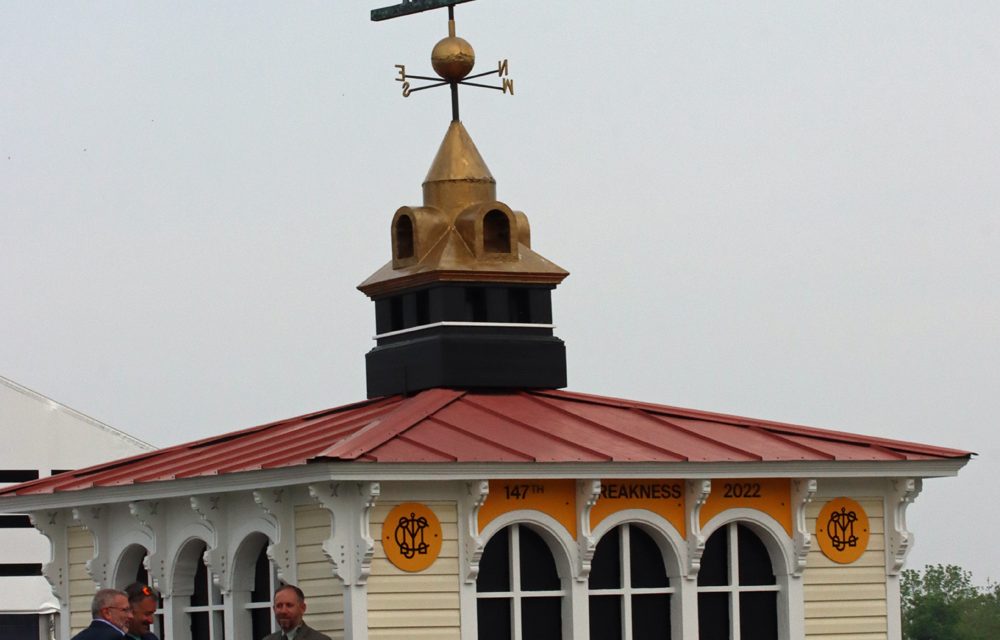Opinion: Lack of MTROA transparency a concern
These days when you go to Laurel Park, there’s one question on pretty much everyone’s mind: what’s the future look like?
More specifically: what is the status of the proposals advanced by the Maryland Thoroughbred Racetrack Operating Authority? What legislation will need to pass to make them happen? How likely is that? What are the next steps? Who will run racing in the future?
It’s a lot.
But if you’re looking for answers, they are hard to come by. And listening to the Authority’s meetings doesn’t help at all.
In fact, the Authority – the public body doing Maryland racing’s most consequential work – had a meeting March 5. The agenda was as follows:
- Opening remarks by the chair
- Public comments
- Closed session
Not exactly a robust agenda, nor, it happens, an uncommon one. Several of the Authority’s recent meetings have had similarly brief agendas, and one lasted for precisely four minutes. Tuesday’s went for about eight.
The Authority was given a challenging mandate: untangle the Gordian facilities knot that’s been threatening to choke the state’s Thoroughbred industry, envision a future entirely different from the present and past, and do all of this without either sufficient time or resources.
“We were tasked with returning the state of Maryland to a best-in-class horseracing operation,” is how MTROA chairman Greg Cross described the Authority’s purview to a Senate committee in February.
If the plan it’s come up with actually comes to fruition, and actually works, it’ll be a commendable effort, indeed.
CHECK OUT THE LATEST OFF TO THE RACES RADIO!
That said, though, the Authority’s public-facing communications have thus far left more than a little to be desired. It’s been a problem pretty much from day one. Indeed, back in September, the Maryland Horse Council sent the Authority a letter expressing its belief that the MTROA was “not complying with the Maryland Open Meetings Act, and we are concerned that the Thoroughbred racing sector will be unfairly penalized by the public as a result.”
Public meetings laws don’t exist for fun, or merely to create a box that needs to be checked. They exist to protect the public’s right to know what decisionmaking bodies are doing and why.
The breadth of the Authority’s mission touches on every element of the state’s Thoroughbred industry. Transparency matters, and there are a lot of people who want, and deserve, to know what their future is going to look like.
Do important stakeholders in racing feel like they know what’s going on? Do they understand the key decisions being made? Are they comfortable with the critical steps being taken?
At this point, the answer is no. “Frustrating” and “embarrassing” were among the descriptors people shared with me following Tuesday’s blow-by meeting.
Sure, the Authority has issued a report, and Mr. Cross has testified to the Senate. But to many in the industry, the MTROA feels like a black box. The “opening remarks” section of this last meeting would have been a perfect time to provide stakeholders a status check.
Most people understand they are not entitled to every detail of every decision the MTROA makes. They realize that sensitive information that cannot be released to the public must be considered as part of the Authority’s decisionmaking process. They know that some issues, like personnel matters, must remain private.
But for many in racing, their lives and livelihoods are at stake. The decisions the Authority is making will shape their futures in profound ways. They deserve more transparency than they have received to date.
LATEST NEWS














